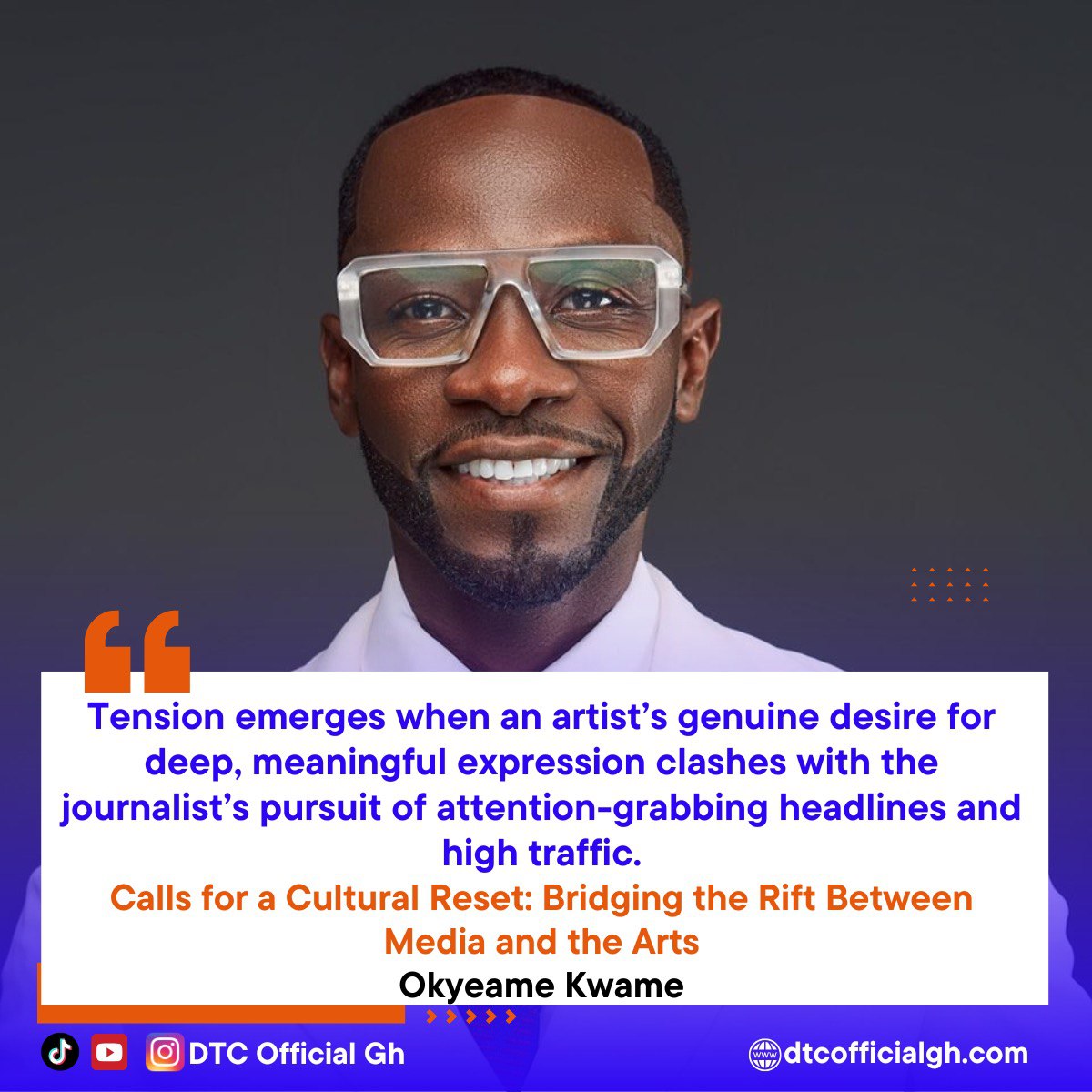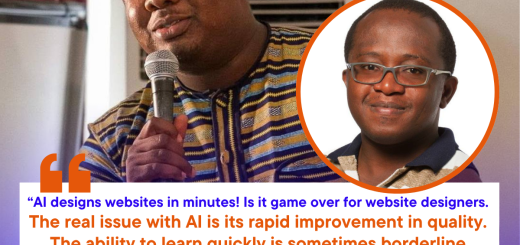Okyeame Kwame Calls for a Cultural Reset: Bridging the Rift Between Media and the Arts

Ghanaian music icon Okyeame Kwame has called for a renewed partnership between the media and the creative industry, emphasizing the need to replace competition and mistrust with collaboration and shared purpose. Speaking at the 2025 Semester at Sea field class conference hosted by the Faculty of Business and Strategic Communication (FoBSC) of the University of Media, Arts and Communication (UniMAC), under the theme “Media and Culture: Understanding Journalism and Music Context,” he unpacked the roots of ongoing conflicts between journalists and artists while offering practical solutions for harmony and growth.

The Conflict Between Media and Culture
At the heart of Okyeame Kwame’s message was a critical observation that while both journalists and artists play essential roles in shaping national culture, their relationship has become increasingly strained.
He identified several types of conflicts that often arise, including creativity versus expressionism, sensationalism and clickbait culture, and role conflict. According to him, this tension emerges when an artist’s genuine desire for deep, meaningful expression clashes with the journalist’s pursuit of attention-grabbing headlines and high traffic. The media’s pressure to simplify complex art into quick, viral soundbites, he noted, has led to friction and misrepresentation.
READ ALSO: Mental Health Day: Safeguarding the Storytellers Behind the Stories
Causes of the Divide
Okyeame Kwame went further to unpack the underlying causes of these conflicts. One major issue, he explained, is the misconception that artists do not adequately compensate journalists for their work. This perception creates mistrust and resentment, turning what should be a collaborative relationship into a transactional one.
He also observed that many journalists have evolved into celebrities in their own right, using their platforms for personal branding. This shift, while not inherently negative, has blurred professional boundaries and created competition for visibility. As a result, the promotional space once dominated by artists is now shared, or in some cases, overshadowed by the journalist’s own self-promotion.
Another reason that creates tension between artists and journalists is that journalists have also become celebrities themselves. Because they are also trying to find the economic power that exist in branding, and so the journalists and the artists have become competitors. – Okyeame Kwame.
This dynamic, he cautioned, prevents both groups from advancing a common goal: the growth of Ghana’s creative and cultural ecosystem.
The Path Forward: From Conflict to Collaboration
Rather than focusing solely on the problems, Okyeame Kwame used his platform to propose practical solutions for rebuilding trust and fostering mutual growth. Among his key recommendations were:
- Insightful Seminars: Organizing regular dialogues between artists, journalists, and creative writers to align professional values, foster mutual respect, and dispel misconceptions.
- Artist Education: Training programs to help artists understand media dynamics, craft compelling narratives, and manage their public image effectively.
I believe the universities must have seminars that bring together artists, creatives and journalist to understand what the agenda is, to understand why they gatekeep. – Okyeame Kwame
- Memorandums of Understanding (MOUs): Encouraging young artists and journalists to adopt professional agreements that define expectations, roles, and ethics, rather than relying on informal, momentum-driven relationships.
I also think that it very very important for journalists and artists to write MOUs when they work together so that expectations and responsibilities are descriptively clear to each other. – Okyeame Kwame
- A Proactive Ministry of Culture: Calling on the Ministry of Culture to play a unifying role in bridging the gap between media and creative professionals while promoting a shared national cultural agenda.
- Backward Integration in Media: Urging media houses to invest directly in artists and treat them as integral partners within the entertainment value chain, not merely as content providers.
He emphasized that such measures would shift the dynamic from suspicion to partnership, enabling both media and artists to thrive in a shared ecosystem of creativity and trust.
READ ALSO: Exposure Is Not Enough: How Long, and To What?”
A Personal Example of Integration
To illustrate his point, Okyeame Kwame shared his own journey as a musician and media professional. Through one of his music videos, he demonstrated how he has successfully merged art and communication to connect deeply with the public. His experience, he said, reflects the potential for artists and journalists to collaborate meaningfully when guided by understanding and mutual respect.
Okyeame Kwame’s address was more than a critique; it was a call to action. His vision of a reimagined creative landscape challenges both journalists and artists to see beyond competition and embrace collaboration as a national cultural mission.
For more insights and inspiring stories, kindly follow us on Twitter and WhatsApp.
As Ghana’s media and arts industries continue to evolve, his message serves as a timely reminder that progress lies not in isolation, but in integration.




2 Responses
[…] READ ALSO: Okyeame Kwame Calls for a Cultural Reset: Bridging the Rift Between Media and the Arts […]
[…] READ ALSO: Okyeame Kwame Calls for a Cultural Reset: Bridging the Rift Between Media and the Arts […]